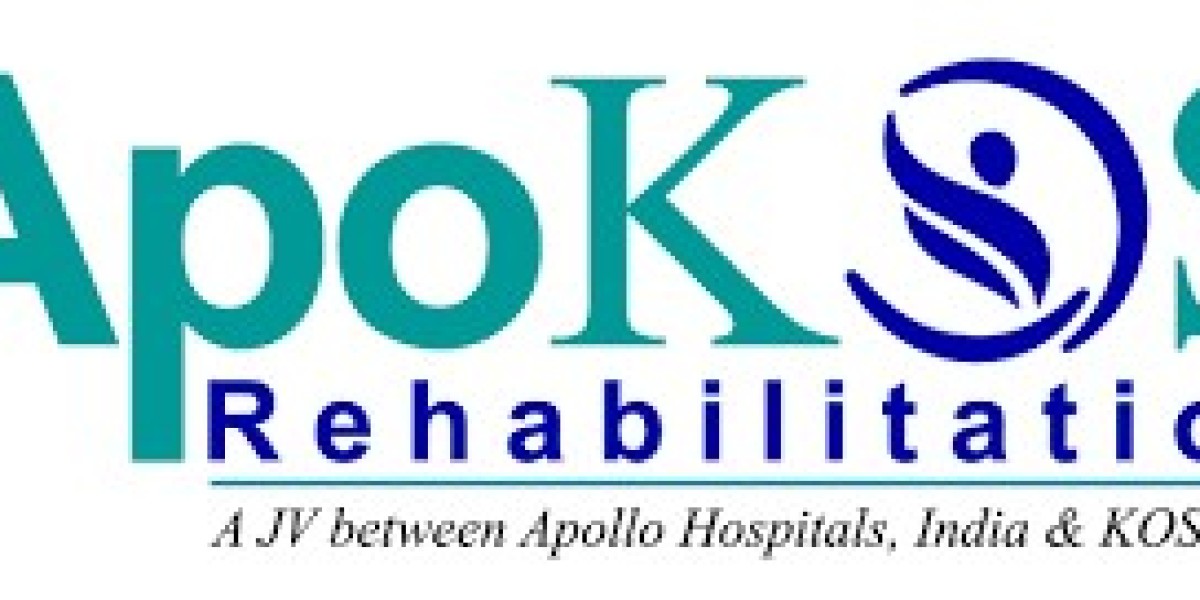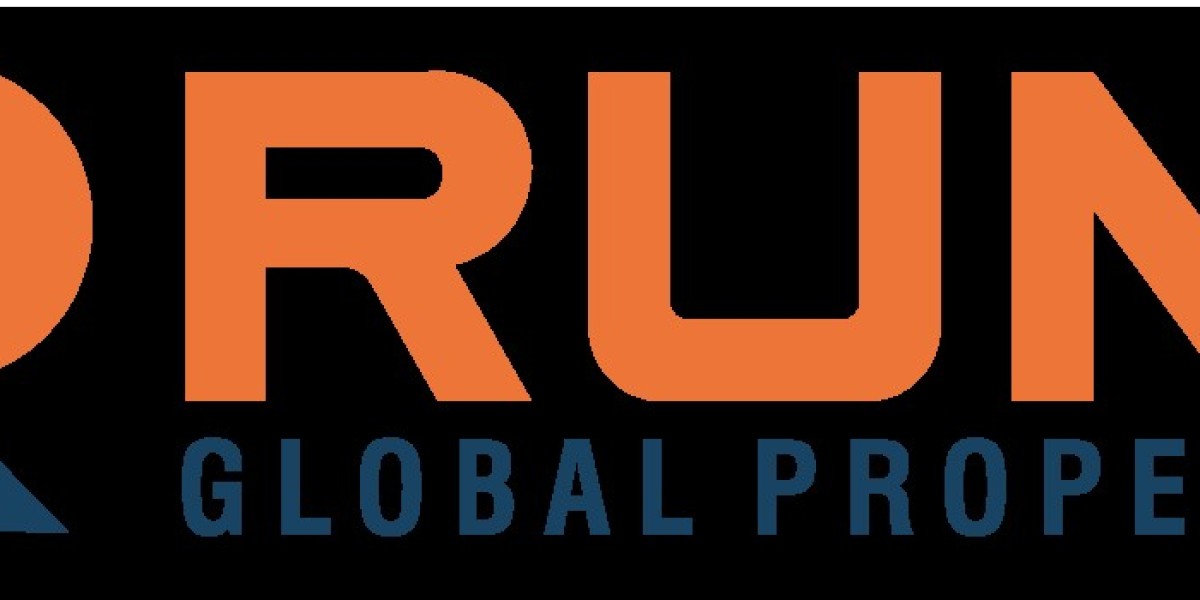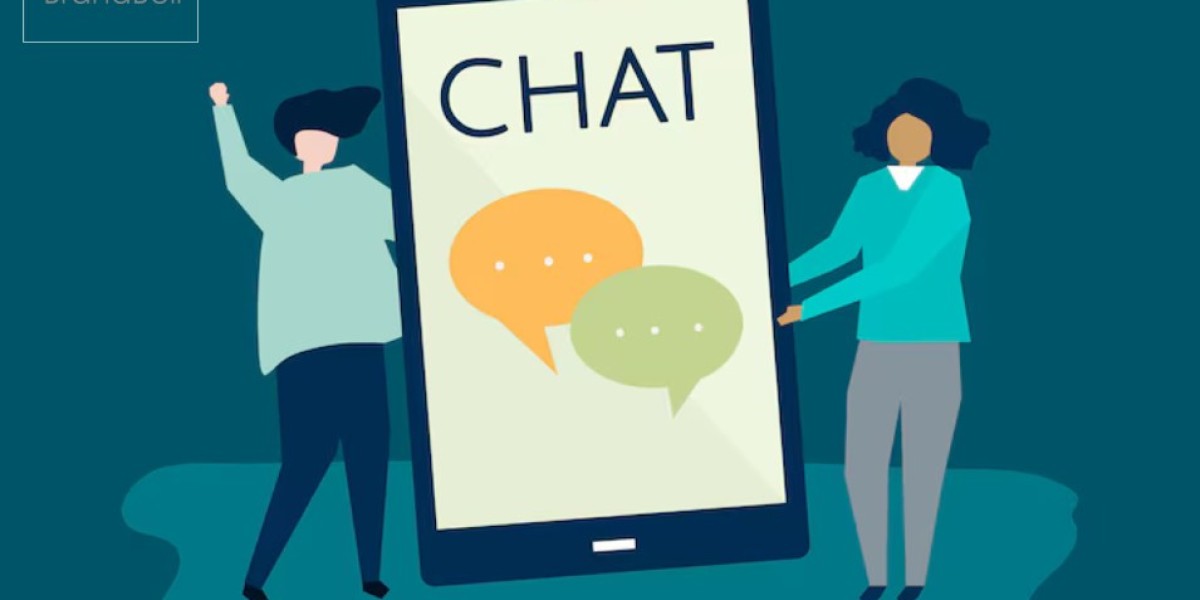At ApoKOS Rehabilitation, we believe in empowering our patients and their families with knowledge. This blog post aims to provide important facts about brain injury rehabilitation, outlining the core components, the dynamic nature of recovery and what you can anticipate on this journey toward renewed independence.
The Foundation: Understanding Brain Injury Recovery
Recovery from a brain injury is a complex and often lengthy process. It is highly individual, as no two brain injuries are identical. The brain possesses an incredible capacity for neuroplasticity - its ability to reorganize itself by forming new neural connections throughout life. Rehabilitation capitalizes on this natural ability, guiding the brain to adapt and compensate for damaged areas.
Key Facts About Brain Injury Recovery:
Individualized Nature: The extent and speed of recovery depend on many factors, including the severity and location of the injury, age, overall health and the intensity and quality of rehabilitation.
Non-Linear Progress: Recovery is rarely a straight line. There may be periods of rapid improvement, plateaus and even temporary setbacks. Patience and persistence are vital.
Long-Term Journey: While significant gains are often made in the initial months, recovery can continue for years, with ongoing improvements in function and adaptation.
Core Therapies in Brain Injury Rehabilitation:
Brain injury rehabilitation is a multidisciplinary effort, involving a team of specialists working together to address the diverse challenges a patient might face. Here are the essential therapies you can expect:
1. Physical Therapy (PT)
Focus: Regaining physical strength, balance, coordination and mobility.
Facts: PT helps improve gait, reduce spasticity (muscle stiffness), increase range of motion and build endurance. It often involves exercises, specialized equipment like robotics technology (e.g., Ekso, Erigo, ARMEO Power at ApoKOS) for gait and limb training and balance activities.
Goal: To enhance physical independence, allowing patients to move safely and effectively.
2. Occupational Therapy (OT)
Focus: Re-learning and adapting skills for daily living activities (ADLs) and instrumental activities of daily living (IADLs).
Facts: OT addresses practical tasks such as dressing, bathing, eating, cooking and managing personal finances. Therapists help improve fine motor skills, visual perception and cognitive strategies needed for these activities. They also recommend assistive devices and home modifications.
Goal: To maximize independence in self-care, work and leisure activities.
3. Speech-Language Pathology (SLP)
Focus: Addressing communication, swallowing and cognitive-communication challenges.
Facts: SLP helps with speech production difficulties (dysarthria), language comprehension and expression (aphasia), voice disorders and swallowing problems (dysphagia). They also work on cognitive-communication skills, such as organizing thoughts, problem-solving during conversations and appropriate social communication.
Goal: To improve the ability to communicate effectively and safely consume food and liquids.
4. Cognitive Rehabilitation Therapy
Focus: Improving cognitive functions such as memory, attention, executive functions (planning, problem-solving, decision-making) and processing speed.
Facts: This therapy uses specific exercises, drills and strategies to help patients compensate for cognitive deficits. It may involve working on concentration tasks, memory strategies, or organizational skills. Neuropsychologists often play a key role in assessing cognitive strengths and weaknesses to guide this therapy.
Goal: To enhance mental clarity, efficiency in thought processes and the ability to manage complex tasks.
5. Neuropsychological and Psychological Support
Focus: Addressing emotional, behavioral and mental health changes and providing comprehensive cognitive assessment.
Facts: Brain injury can lead to depression, anxiety, irritability, impulsivity and personality changes. Psychologists provide counseling, therapy and strategies for emotional regulation. Neuropsychologists conduct detailed assessments to understand the specific cognitive impact of the injury and guide rehabilitation plans.
Goal: To support emotional well-being, manage behavioral challenges and provide insights into cognitive functioning.
6. Medical Management and Nursing Care
Focus: Ensuring overall medical stability, managing co-existing conditions and providing 24/7 care.
Facts: Physiatrists (rehabilitation physicians) oversee the medical aspects of recovery, managing medications, spasticity, pain and general health. Dedicated nurses provide round-the-clock care, monitor vital signs, assist with personal care and manage complex medical needs (e.g., tracheostomy care, bladder/bowel programs).
Goal: To maintain optimal health and prevent complications, creating a stable environment for intensive therapy.
The Recovery Journey and Expected Outcomes:
The path through brain injury rehabilitation is a phased one, often moving from intensive inpatient care to outpatient services and community integration.
Acute Rehabilitation: Typically begins once the patient is medically stable. It is intensive, often involving several hours of therapy per day, focusing on basic functional gains and safety.
Subacute/Post-Acute Rehabilitation: May follow acute care, often in a less intensive setting, focusing on continued improvement in daily activities, cognitive skills and preparing for return home or to community.
Outpatient Rehabilitation: Continues therapy on a less frequent basis once the patient is home, addressing specific lingering deficits and supporting long-term adaptation.
Community Reintegration: Efforts to help the individual return to work, school, social activities, or pursue new hobbies. This often involves vocational rehabilitation.
Expected Outcomes:
Outcomes vary significantly based on injury severity and individual factors. While complete recovery means a return to pre-injury levels, many individuals achieve substantial improvements, regaining significant independence and quality of life. Possible outcomes include:
Increased Independence: Ability to perform more ADLs without assistance.
Improved Communication: Enhanced ability to speak, understand and interact socially.
Better Cognitive Function: Improved memory, attention and problem-solving skills.
Emotional Stability: Better management of mood and behavior.
Community Participation: Return to work, school, hobbies and social roles.
Your Partner in Recovery: ApoKOS Rehabilitation
At ApoKOS Rehabilitation, we are committed to providing world-class brain injury rehabilitation. Our multidisciplinary team, advanced robotics technology (Ekso, Erigo, ARMEO Power) and patient-centered approach are designed to support every individual's unique journey. We focus on maximizing functional recovery, enhancing quality of life and fostering a hopeful environment for both patients and their families.
Understanding the process is the first step. Embarking on it with expert guidance is the path to meaningful recovery.







